
Wyatt Earp – Last Hold Out of the Wild West
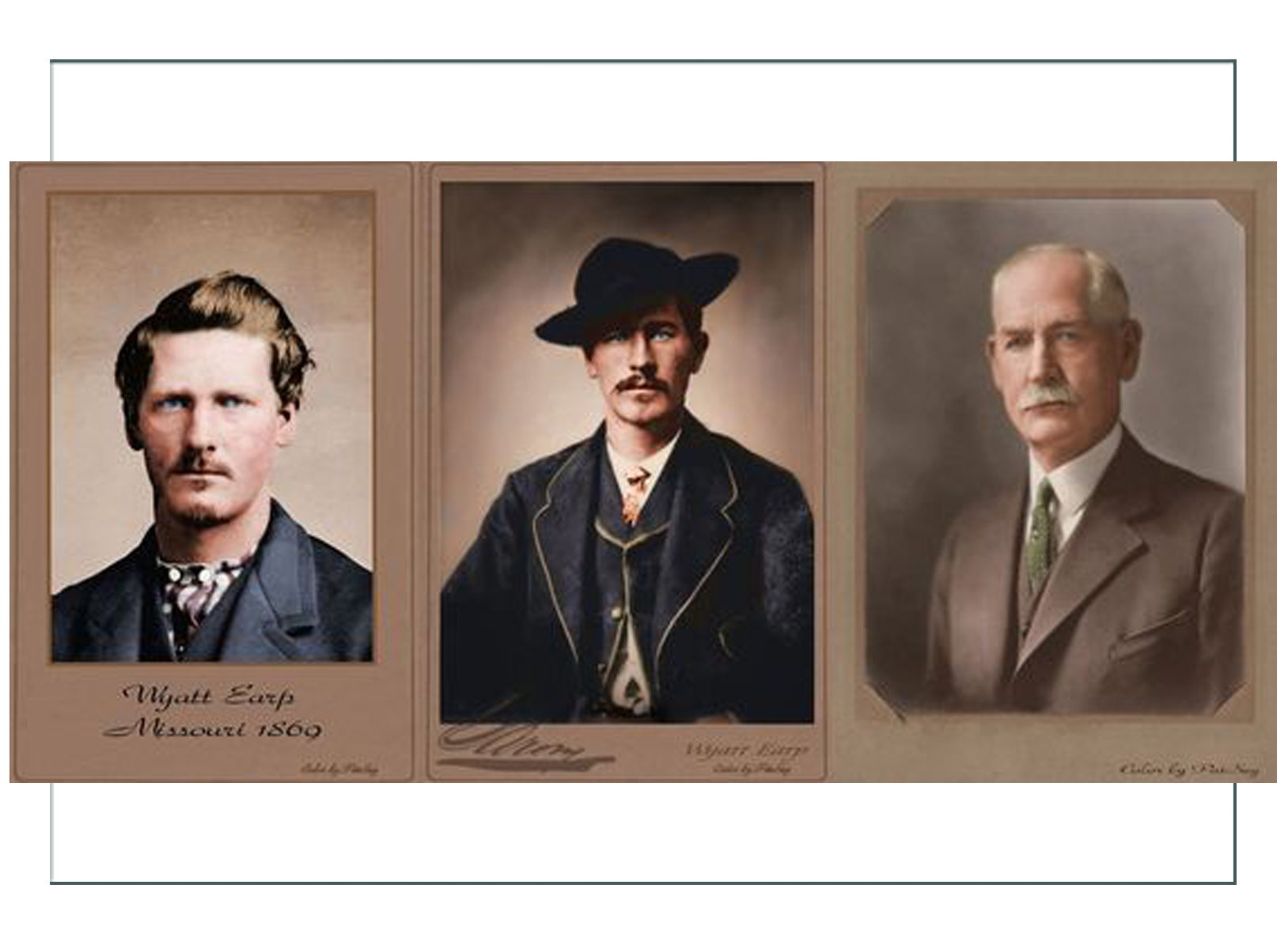
We could elaborate upon the history of characters such as Willam F “Buffalo Bill” Cody and his peers and associates, but probably one of the best known real people of what was considered the “Old West” was Wyatt Earp.
By the time Caroline Lockhart had settled in Cody, and the historic Irma Hotel was built in 1902, what was considered the “Wild West” had already been lost in the minds of the American populace which by then was living predominantly in urban areas. Cody, Wyoming, laid out in 1896, was one of the last places to be settled in the country due to Indian Treaty which prohibited settlement until 1878.
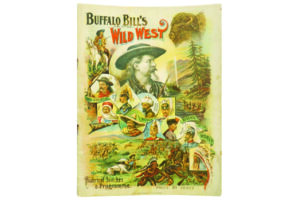
Cody had run his Wild West in the 1880’s, and took it to Europe in the mid 1880’s in order to capitalize on the romance of the West that had been written about in the novels of that time. By the 1910’s, the Wild West was closed, and the days of outlaws, Indians, and settlement had been virtually forgotten. People like Lockhart wrote about the real west of building irrigation dams, finding doctors, and of thinly veiled real people of the day. The “Old West” was only the stuff of legends, although tourism in Cody saved the day in the drought of 1924.
There were still bank robbers in the ’20’s, but they had taken on proportions of city gangsters, and the lawmen and outlaws of lore seemed to have disappeared altogether. One of the most famous lawmen, in fact, had settled down in California in his old age by then, to enjoy the proceeds of publishing his own, very fictionalized, life’s story.
The Early Days
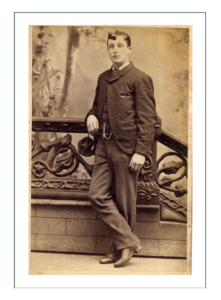
Wyatt Berry Stapp Earp was born in 1848 in Monmouth, Illinois, as the 3rd of 5 sons. His early years were spent in Illinois and then Iowa. When he was a teenager, Wyatt repeatedly tried to run away from home to join his big brothers James and Virgil and his half brother Newton who were fighting for the Union in the War Between the States. Every time he got caught, and was forced to go home.
At 17, Wyatt left home to work at a job hauling freight and grading track for the Union Pacific Railroad. His family had moved to Lamar, Missouri, and he joined them in 1869 where he took over the post of local constable when his father resigned that same position.
Married 3 Times
1- Urilla Sutherland
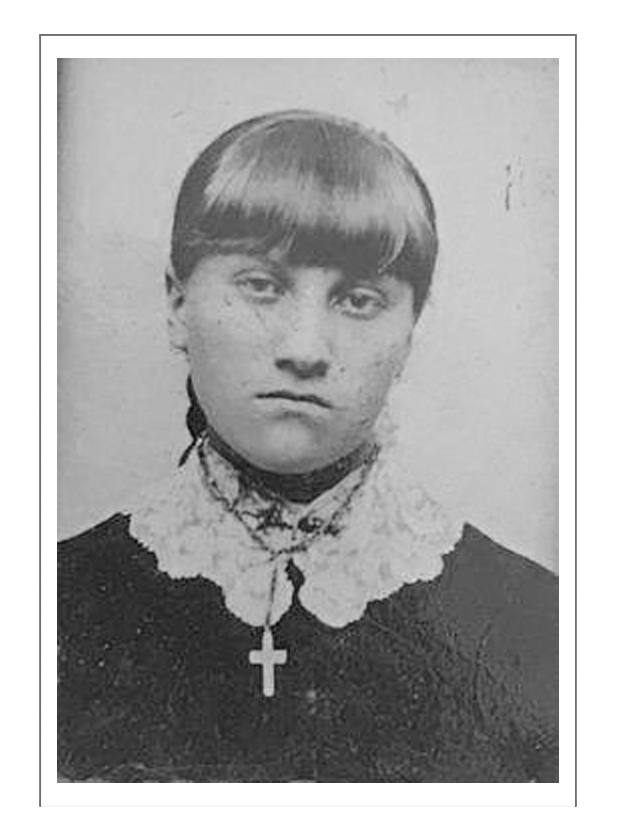
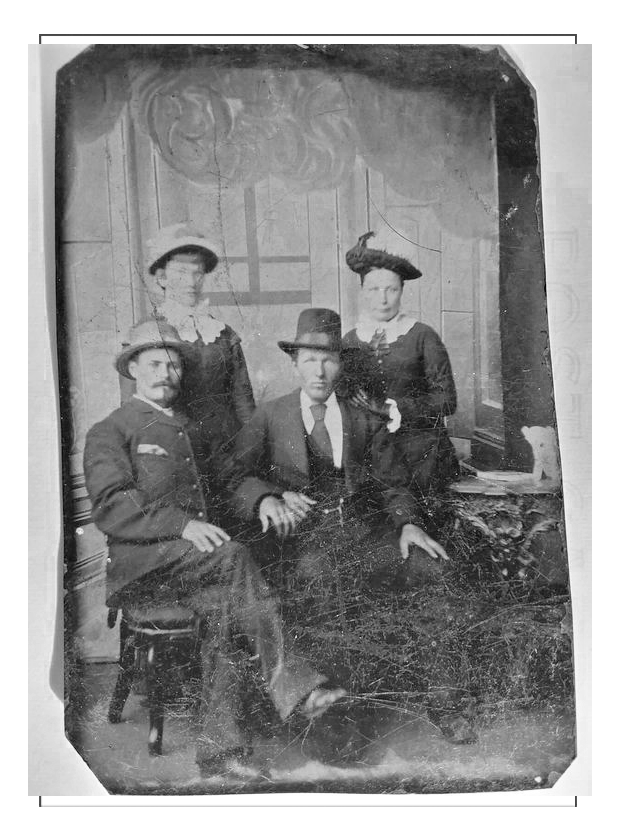
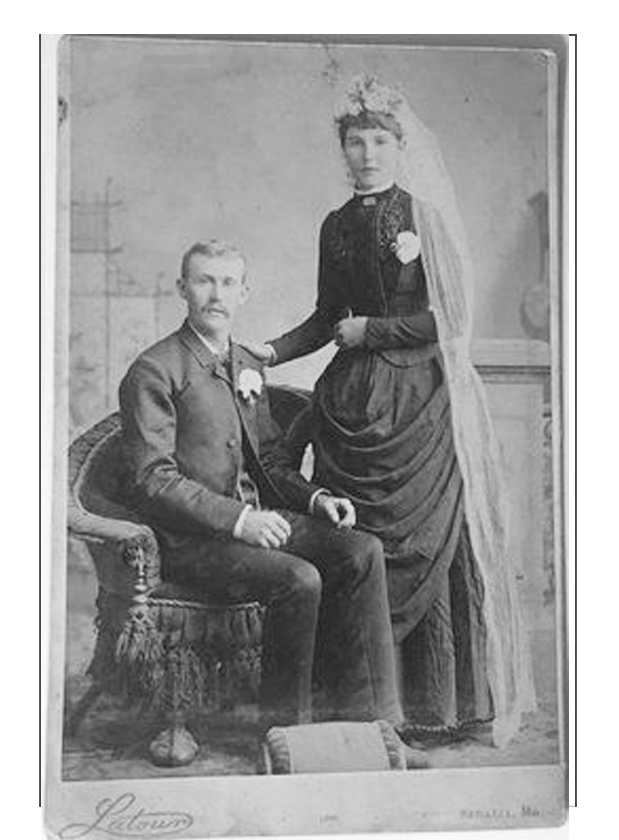
In January, 1870, Wyatt married Urilla (Aurilla) Sutherland in a ceremony in Lamar, Missouri by Wyatt’s father just after Wyatt turned 22. Born in 1869 in Monmouth, Illinois, little is known about Urilla, except that she died nine months after the wedding. Official records show she died of typhus, but lore indicates she died in childbirth; possibly both. The family blamed Wyatt for her death, believing he had seduced her and gotten her pregnant before the wedding which cost her her life. She died in 1870.
Devasted by her death, Wyatt sold the home he had just bought for her, and left town to move around the Indian Territory and Kansas. During this time of mourning, he hung out at saloons, gambling houses, and brothels on the frontier, and had many run-ins with law enforcement. After helping a policeman in Wichita track down a wagon thief, Earp joined the city’s police force for two years 1875-76, and later became deputy town marshal of Dodge City. It was in Dodge City Earp would meet Doc Holiday, gunman and gambler.
2- Celia Ann “Mattie” Blaylock
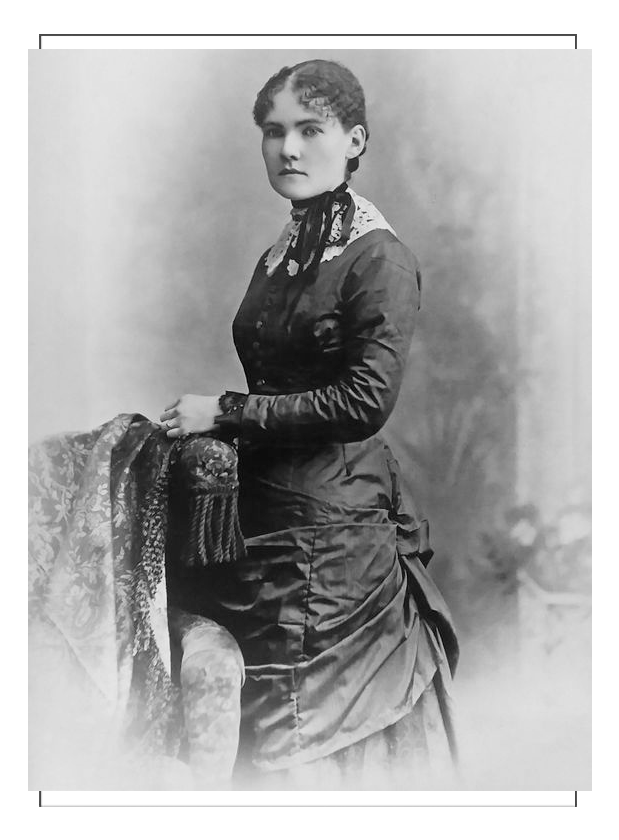
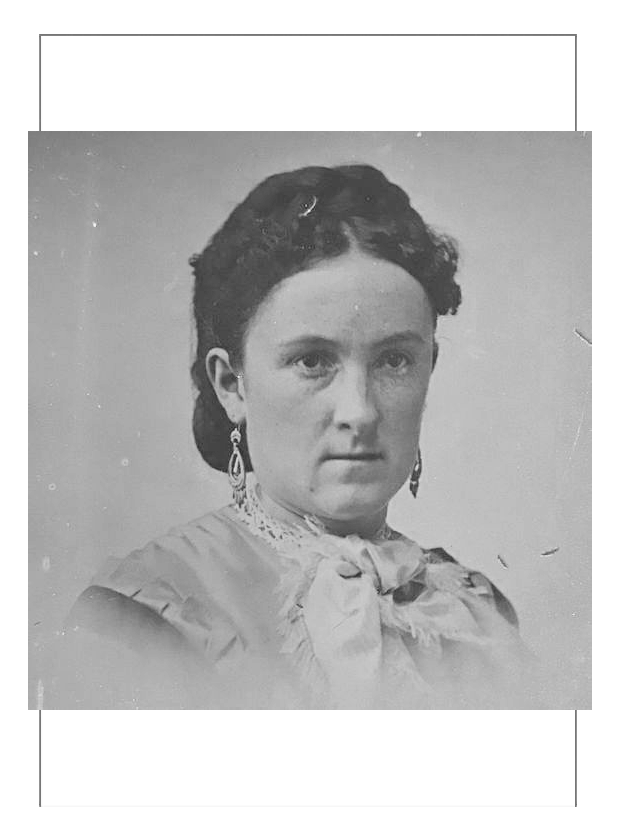
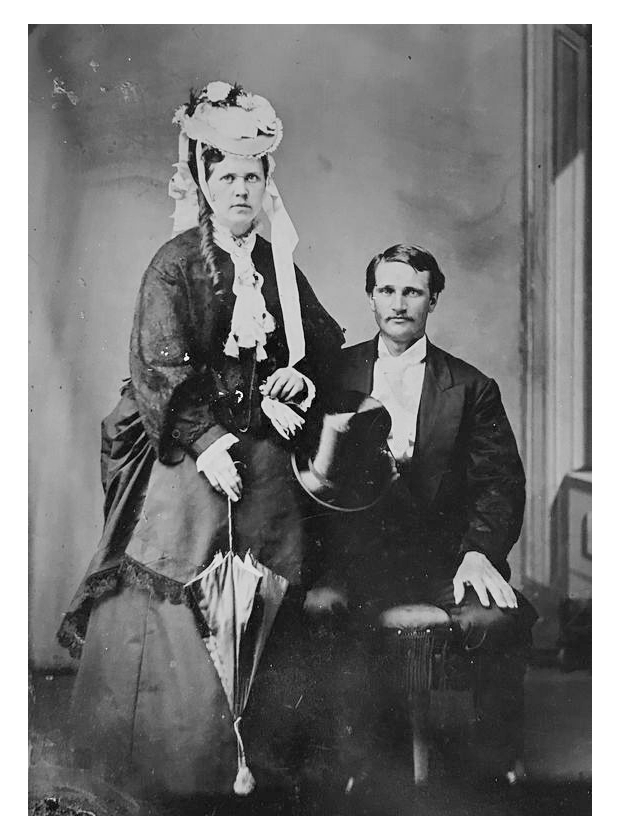
Celia Ann “Mattie” Blaylock became involved with Wyatt after the death of Urilla. They were not officially married, but she was considered his “common law” wife. Born in Wisconsin in 1850, Mattie was raised in Fairfax, Iowa until she ran away from home at the age of 16 and made her way to Kansas. There she worked as a prostitute in Scott City before moving on to Dodge City where she met Wyatt presumably sometime in 1871, although no details are known of their first association.
Mattie was two years younger than Wyatt. Sometime in 1873, she became the romantic companion of Wyatt, but continued to work as a prostitute during their early years together. She used the name “Earp” by the time they moved together to Tombstone, Arizona in 1879.
Mattie allegedly suffered from severe headaches and became addicted to laudanum, which was commonly used as a painkiller at the time. As her addiction worsened during their stay in Tombstone, Wyatt became unfaithful and started an affair with Josephine Marcus while still “married” to Mattie.
When Morgan Earp was assassinated in the days after the O.K. Corral shootout, Mattie was sent by Wyatt to live with Wyatt’s parents when the other wives and Virgil went there to ake Morgan’s body home to Colton, California. Wyatt and Warrent stayed in Tombstone to being the “Earp Vendetta Ride”.
The expectation was that once things had quieted down, Wyatt would come and get Mattie. He never did. Mattie waited for Wyatt’s telegraph that she should return to Tombstone, but it never came. In the meantime, Wyatt was getting more involved with Josephine.
Mattie moved to Globe, Arizona, where she worked as a prostitute until committing suicide with a laudanum drug overdose in 1888 in Pinal, Arizona. She was buried there, but there’s some question as to the grave’s location.
3- Josephine Marcus
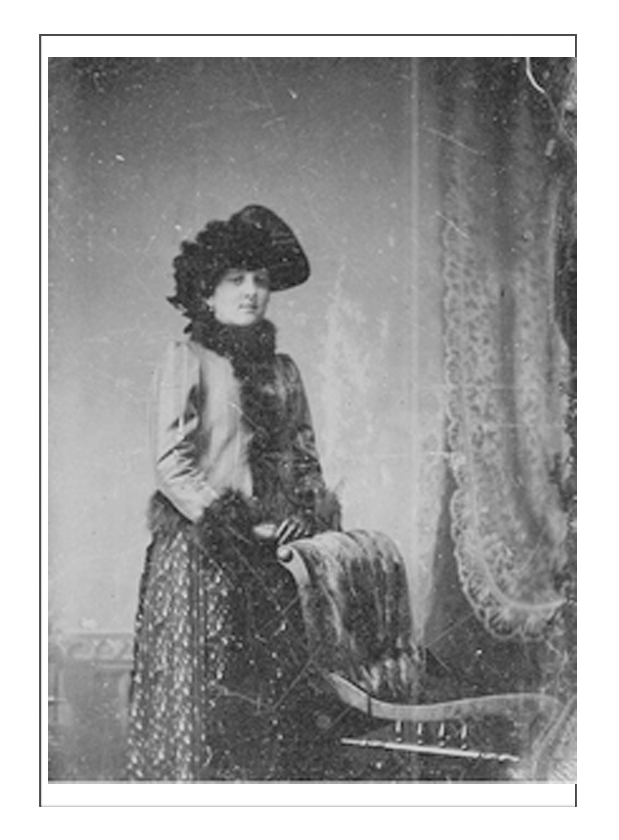
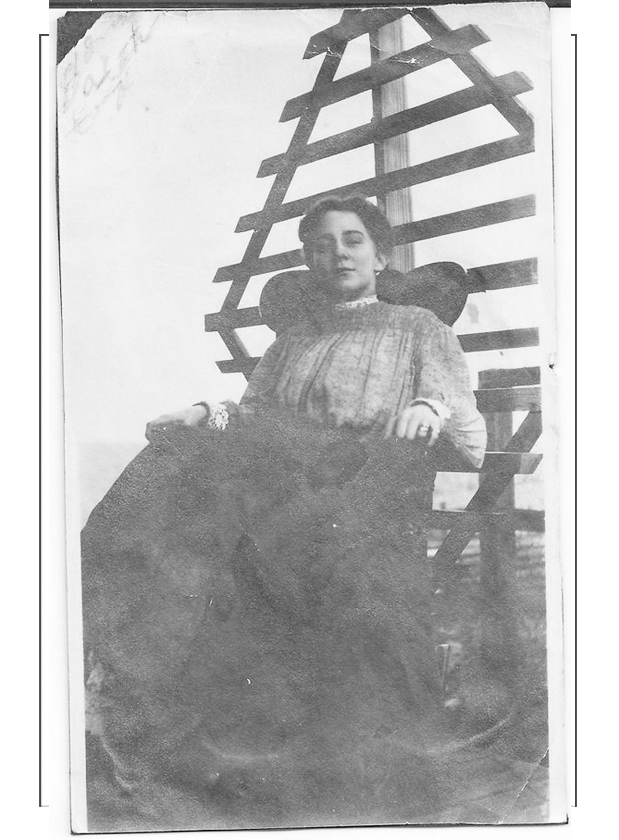
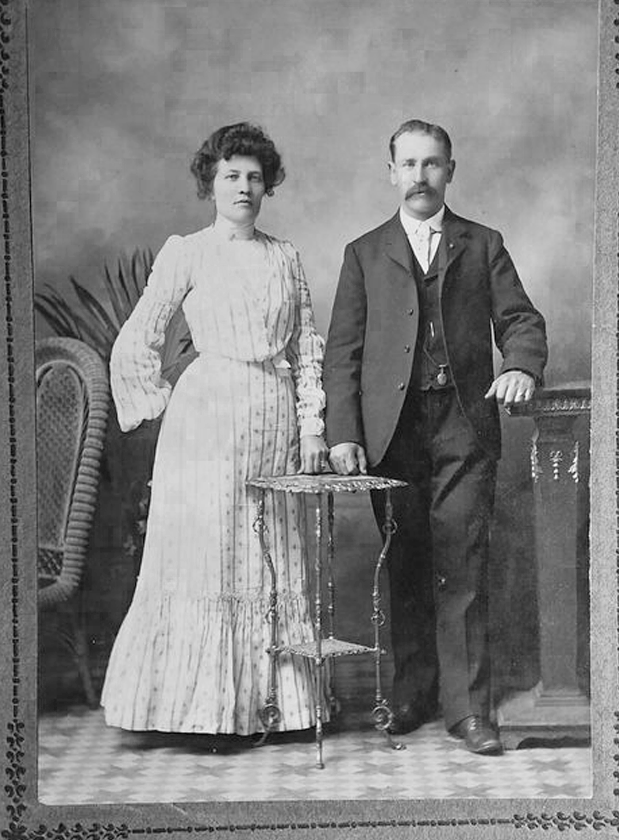
Josephine Sarah “Sadie” Marcus Earp was also a common law wife. She met Wyatt in 1881 in the frontier boomtown of Tombstone, Arizona Territory. At the time she was living with Johnny Behan, sheriff of Cochise County, Arizona.
Josephine was born in New York to a Prussian Jewish family and her father was a baker. They moved to San Francisco when she was a girl, and there she studied dance. Out of work, the family moved to a tenement, and Josephine ran away at about age 14 “looking for adventure”. From 1874 to 1882 little is known about her except that she was in the Prescott, Arizona Territory, and that she used an assumed name Sadie Mansfield. Sadie was recorded as a prostitute, though documentation of the connection has not been found. She guarded her privacy during that period, and it is very likely she was a prostitute as she described the time as a “bad dream”.
What is documented is that she traveled to Tombstone using the name Josephine Marcus in 1880 when she was 17 and Sheriff Behan who was 33 at the time promised to marry her but backed out. Behan was sympathetic to ranchers and a group called the Cowboys who were in conflict with the Earp brothers Wyatt, Virgil, and Morgan.
Josephine left Behan in 1881 before the gunfight, and went to San Francisco in March 1882 where Wyatt joined her. They remained in common law marriage for 46 years until Wyatt’s death. Together they moved from boomtown to boomtown until they finally bought a cottage in Vidal, California, and in the summer to a house in Los Angelos. In LA, Wyatt met William S Hart and Tom Mix. Little is known about the relationship except for a book by Earp historian Glenn Boyer who published “I Married Wyatt Earp” which as used as a source by filmmakers for 32 years.
Wearing Many Hats
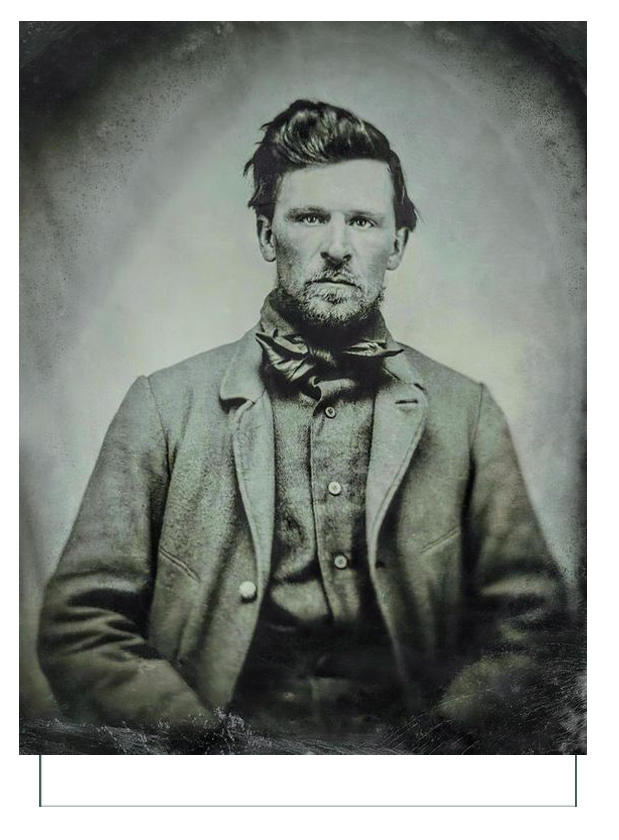
Wyatt Earp was a gambler in Cochise County, Arizona Territory, a deputy marshal in Tombstone, and worked at a variety of trades including railroad worker, teamster, buffalo hunter, and professional gambler. He owned several saloons in his life, maintained a brothel, mined for silver and gold, and refereed boxing matches.
During the years of mourning his first wife, Earp was arrested for stealing a horse, escaping from jail, and was sued twice. he was arrested and fined three times in 1872 for “keeping and being found in a house of ill-fame”. Newspapers referred to him at that time as an “old offender” and nicknamed him “Peoria Bummer” which was slang for a loafer or vagrant.
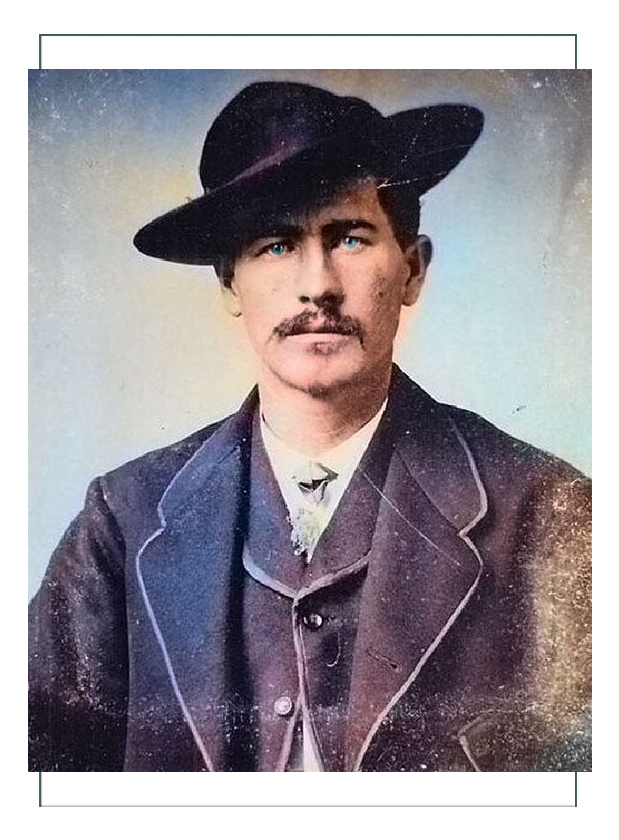
By 1874, Wyatt arrived in Wichita, Kansas where Mattie, his second wife, opened a brothel. In April, 1875, he was appointed to the Wichita police force and developed a fine reputation as a lawman, but was fined and dismissed from the force for getting into a fistfight with a political opponent of his boss. He immediately left Wichita to join his brother James in Dodge City, Kansas, where he became an assistant city marshal. In the winter of 1878, he went to Texas to track down an outlaw and met John “Doc” Holiday, whom Wyatt credited with saving his life.
Earp continued to move throughout his life, mostly from one boomtown to another. He left Dodge City in 1879 to move with his brothers James and Virgil and wives to Tombstone, where a silver boom was underway. Virgil was already working as the town marshal, and Wyatt worked alongside him.
Shootout at the OK Corral
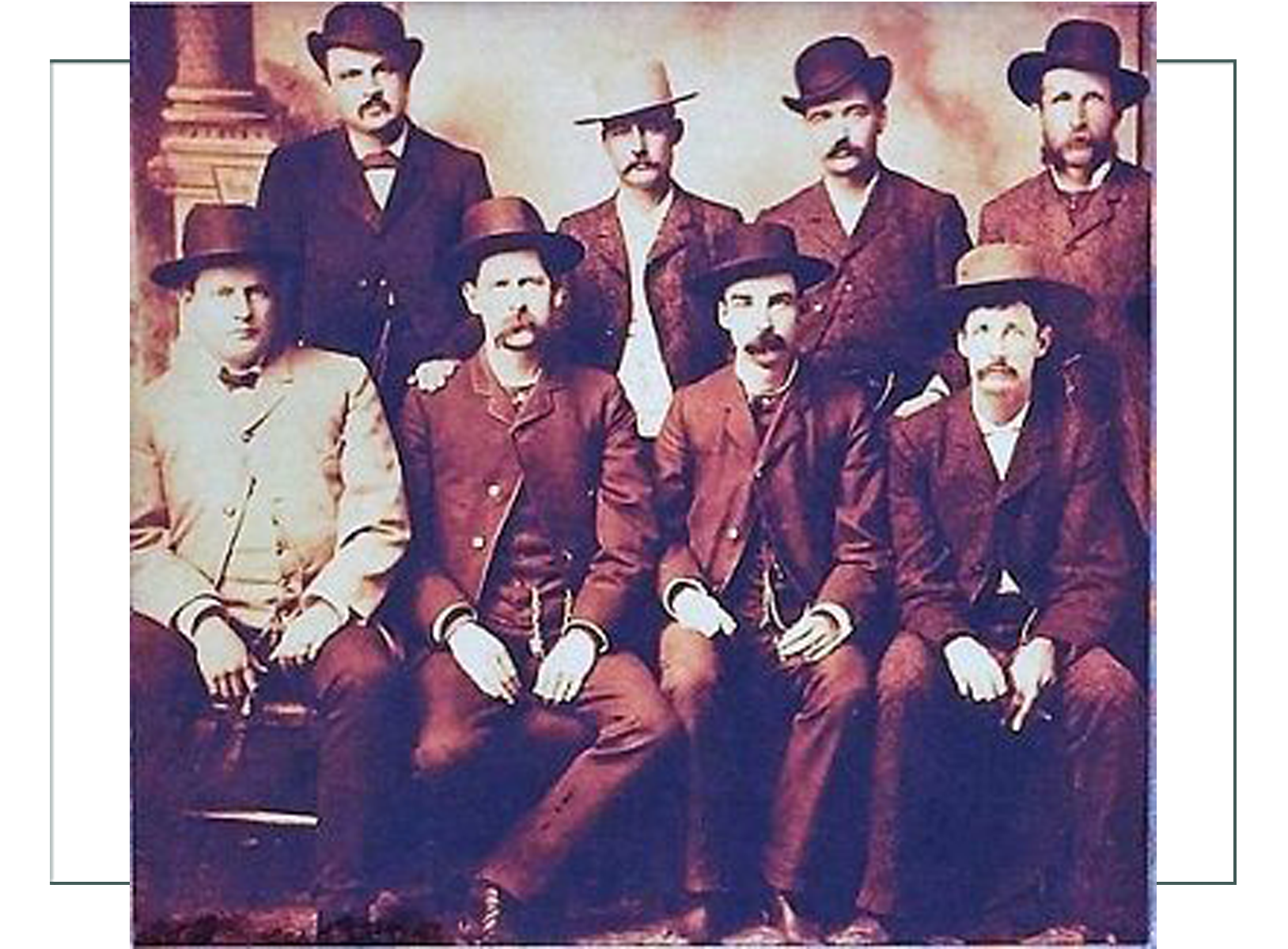
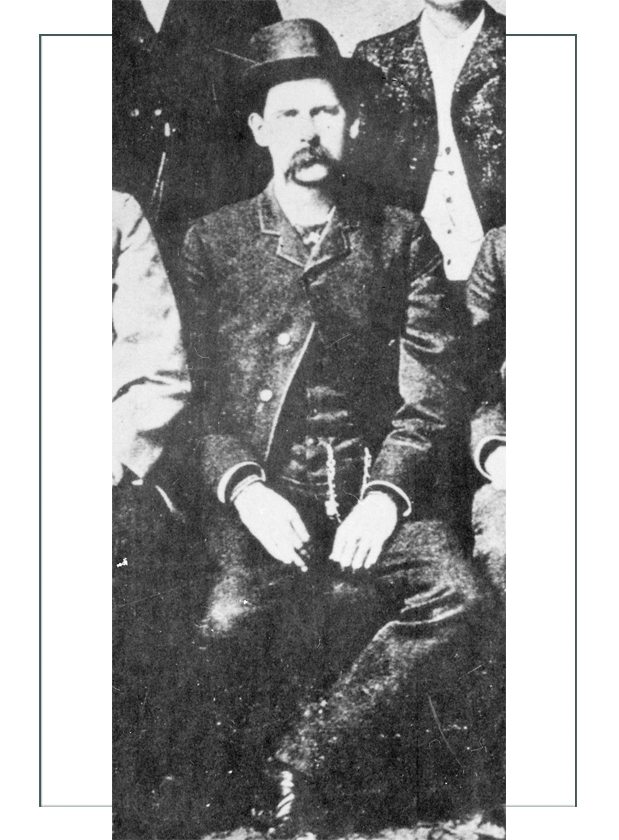
In March, 1881 while pursuing a group who had robbed a stagecoach, Wyatt struck a deal with a local rancher, Ike Clanton, who had ties to a group of outlaws known as the “Cowboys” to help capture them. Clanton turned against Wyatt though, and the “Cowboys” began threatening all the Earps.
The Earp brothers continued to clash with the “Cowboys” who had threatened to kill them on various occasions even before the stagecoach robbery, since all four brothers including Morgan had held various law enforcement jobs in the region over time. Through 1880 and into 1881, the conflict escalated to the shootout in Tombstone on October 26, 1881 when the Earps with Doc Holliday killed 3 Cowboys.
During the next 5 months, Virgil was ambushed and maimed, and Morgan was killed. The remaining Earps and Holliday formed a federal posse which killed dthree more Cowboys. Wyatt was never even injured, although Doc was.
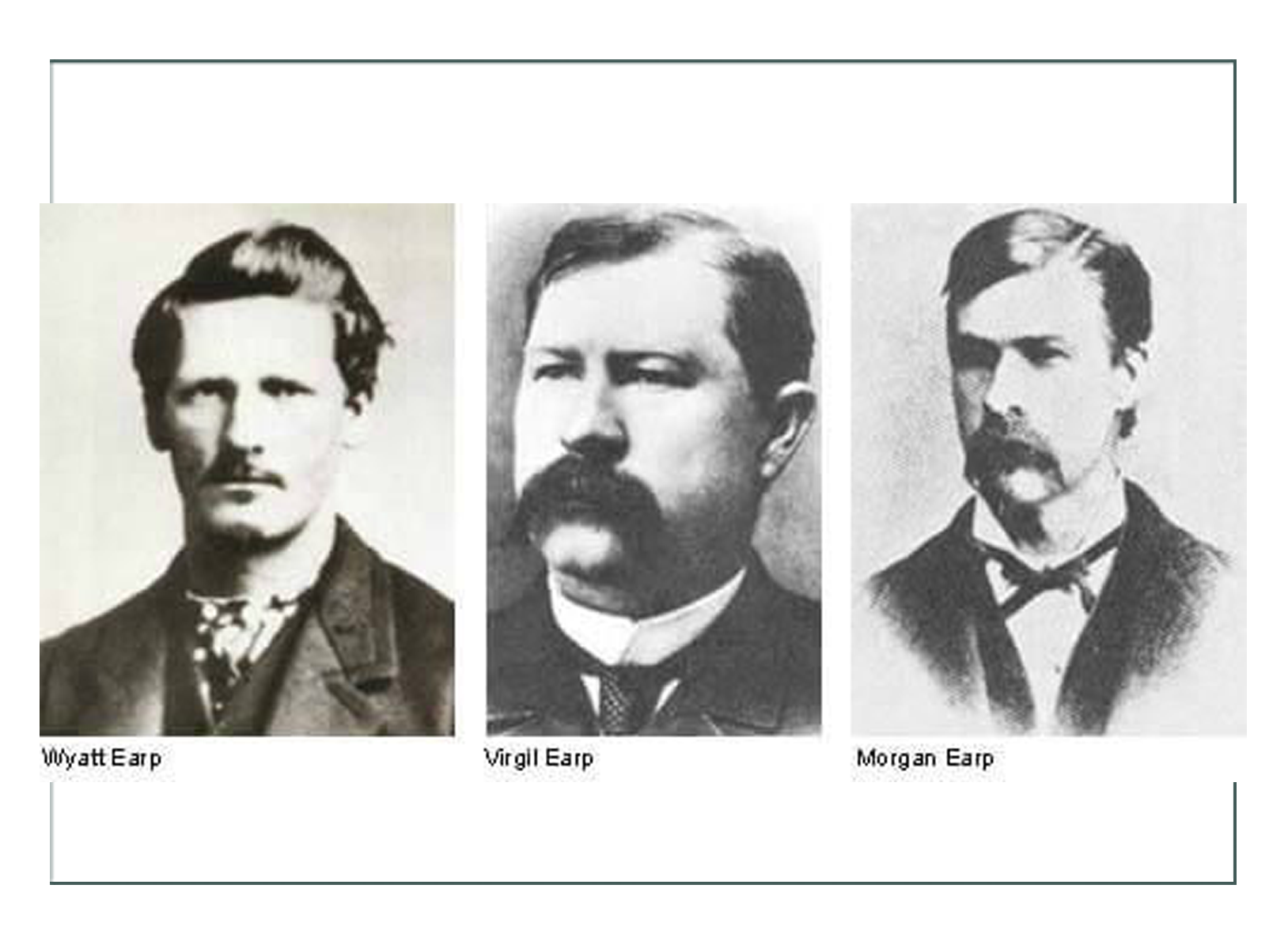
The image of this Wild West gunfight, a tension filled standoff in the middle of a dusty street at high noon, always won by guy who draws his gun the fastest, remains the standard by which this and other shootouts are judged. Unfortunately, that picture is mostly fiction. Gunfights like the shootout at the OK Corral were usually a bunch of men unloading at each other all at once and very, very quickly throughout the town or in a small space somewhere. That whole fight took place in only 30 seconds and 20 shots were fired.
The reality of the shootout at the OK Corral was that the objective was to come out alive, and not necessarily draw fast. In fact, the faster one drew, the more chance he would miss and therefore be killed. It is very likely the fact that Wyatt was slow to draw, that had him come out without any injury.
An important note was that while the movies portray Wyatt as carrying a gun into the fight, he only had a pistol in his pocket. The Earps came out only expecting to give them a “pistol whipping”, as the Cowboys weren’t expected to be carrying guns in town at all. They were. Wyatt had to think fast and make a new plan, which is when he stepped into historic legend.
Cool Under Fire
While Wyatt gained the reputation as the fastest gun in the west, he might have been; or he might not have been. Earp’s assistant, Arthur King told True West Magazine in 1959 that “his draw was only fairly fast, but his accuracy was uncanny.”
Earp’s fellow lawman and friend, Bat Masterson once said that speed is the least important factor in winning, and even accuracy is low on the list. Most important, Masterson said, is a steely will and the ability to use that to your advantage. Earp himself credited his staying alive to it being “deliberation”, or the “ability to make good decisions under stress. And you don’t get much more stress than when somebody’s shooting at you.”
Wyatt was known to have a coolness under fire. Richard Codgell, a Wichita clerk wrote at the time of Earp “He is a man who never smiled or laughed. He was at the time the most fearless man I ever saw, and Satan and all his imps could not scare Wyatt Earp.” Masterson wrote “Wyatt Earp is one of the few men I personally knew in the West in the early days, whom I regard as absolutely destitute of physical fear.”
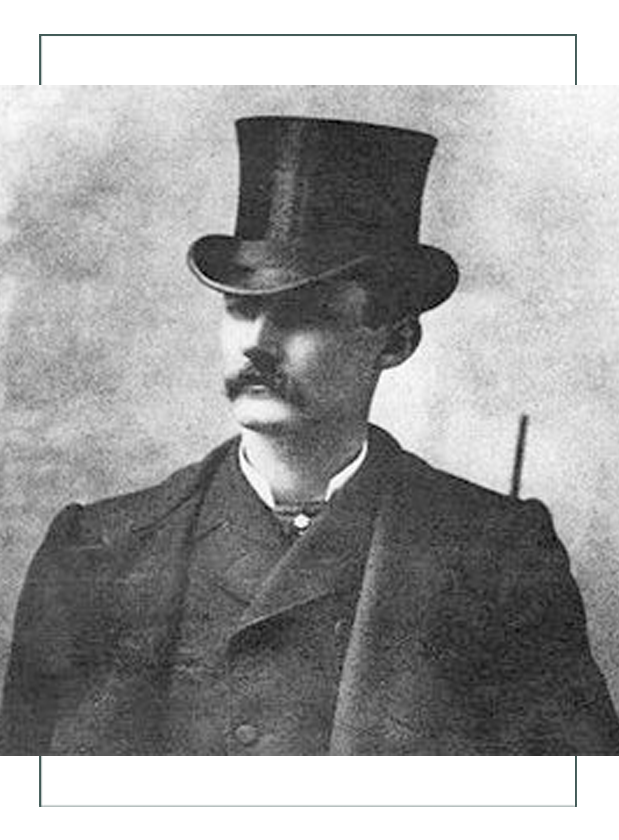
Wyatt was always looking for a quick way to make money, so after leaving Tombstone when he met Josephine in San Francisco they joined a gold rush in Eagle City, Idaho where they owned mining interests and a saloon. They left there to go to San Diego to race horses and open another saloon during a real estate boom. In an attempt to promote boxing, Wyatt made a bad call as a referee there, and made a quick exit to Yuma, Arizona and then another jump to join the Nome Gold Rush in Alaska where he opened yet another saloon called the Dexter which was quite profitable. They took the $80,000 profit (equals about $2.5 million today) from Alaska and opened another saloon in Tonopah, Nevada, the site of a new gold find.
Around 1911, Earp began working several mining claims in Vidal, California where he met Hollywood movie stars, and tried to get his story produced, but in his lifetime he only earned a bit portrayal in “Wild Bill Hickock”.
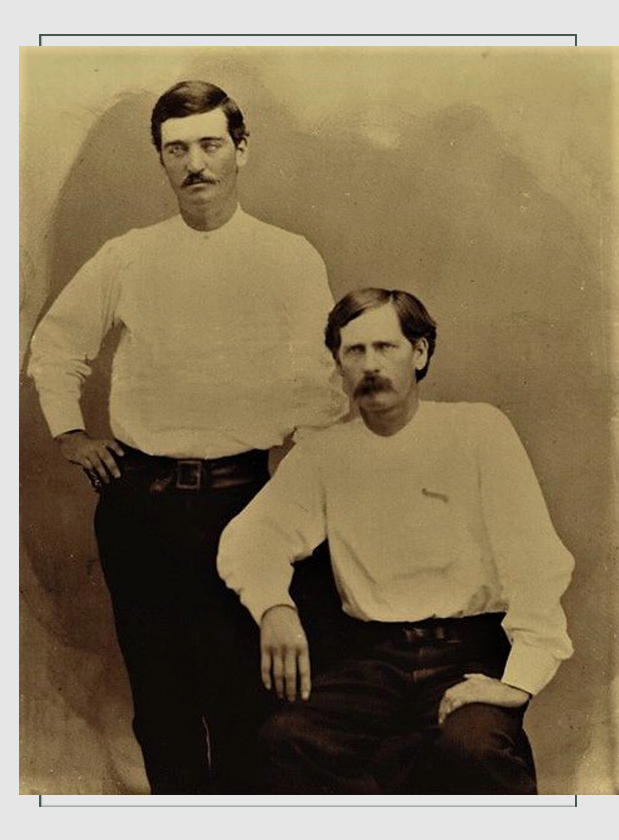
The End
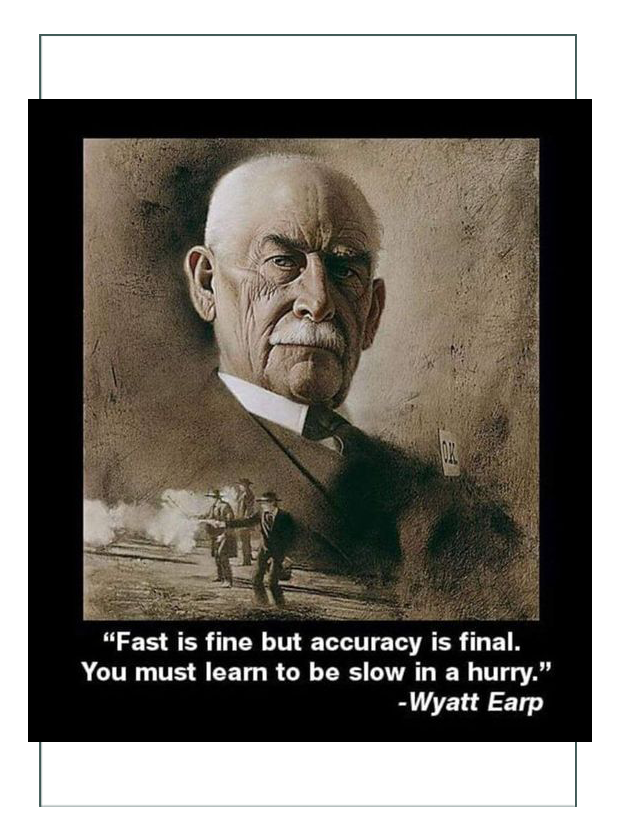
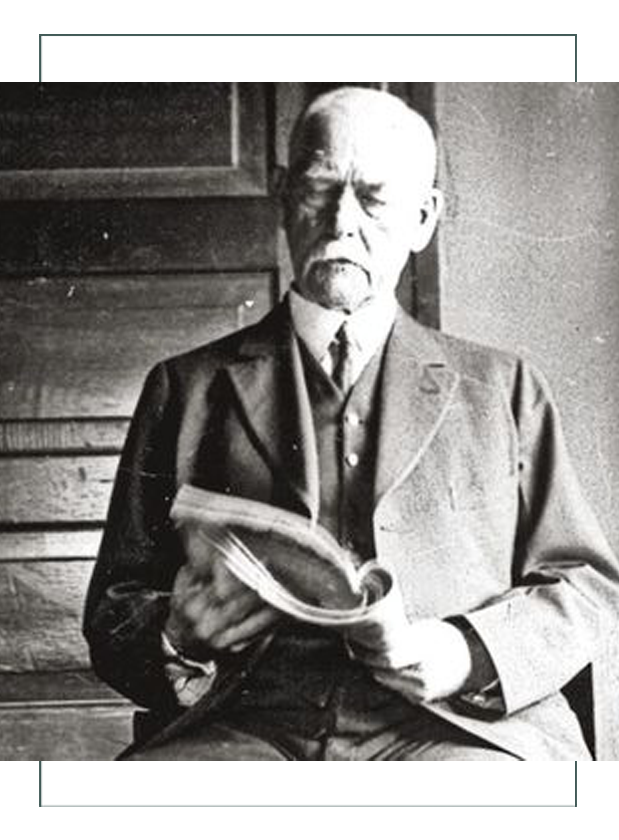
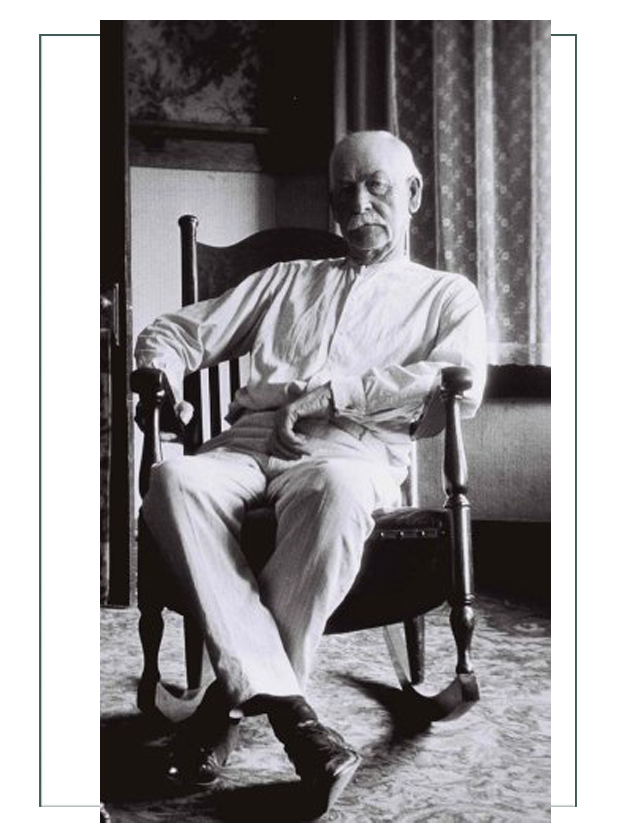
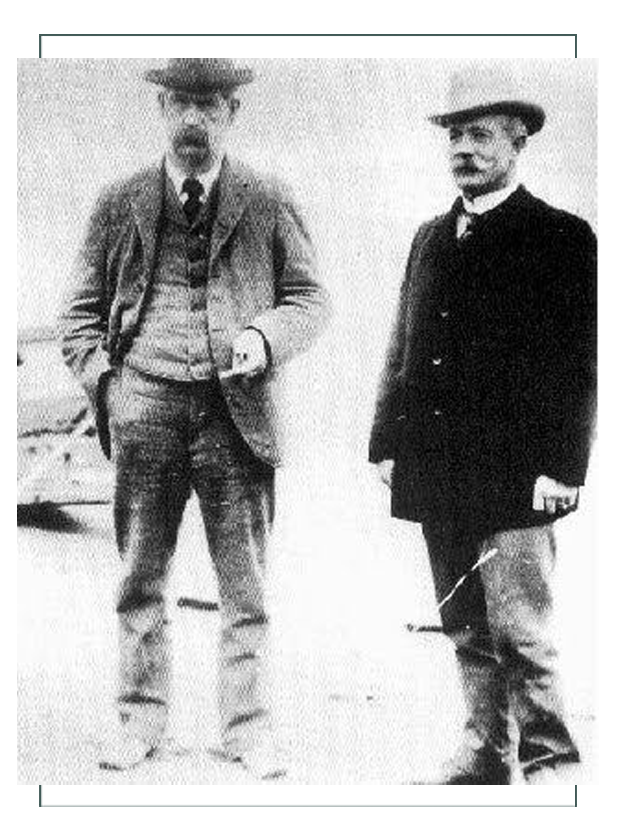
Earp died in January, 1929. Only after his death was a biography written “Wyatt Earp: Frontier Marshall” which was published in 1931. It was a bestseller and created his reputation as a fearless lawman. Since then, he has been the subject of films, television shows, biographies, and works of fiction which have increased his fame and notoriety. His modern reputation is that of the Old West’s toughest and deadliest gunman.
The Stuff Movies are Made of
1993 “Tombstone” and others
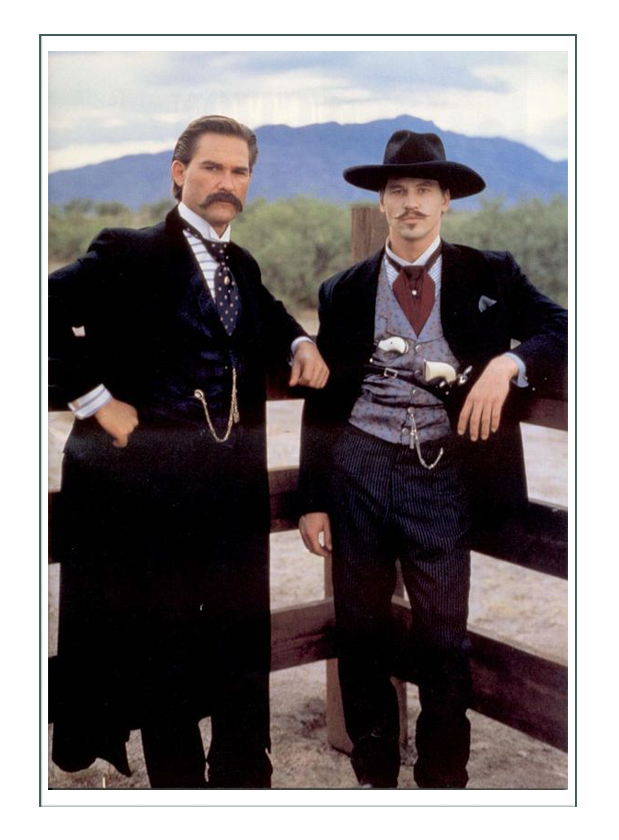
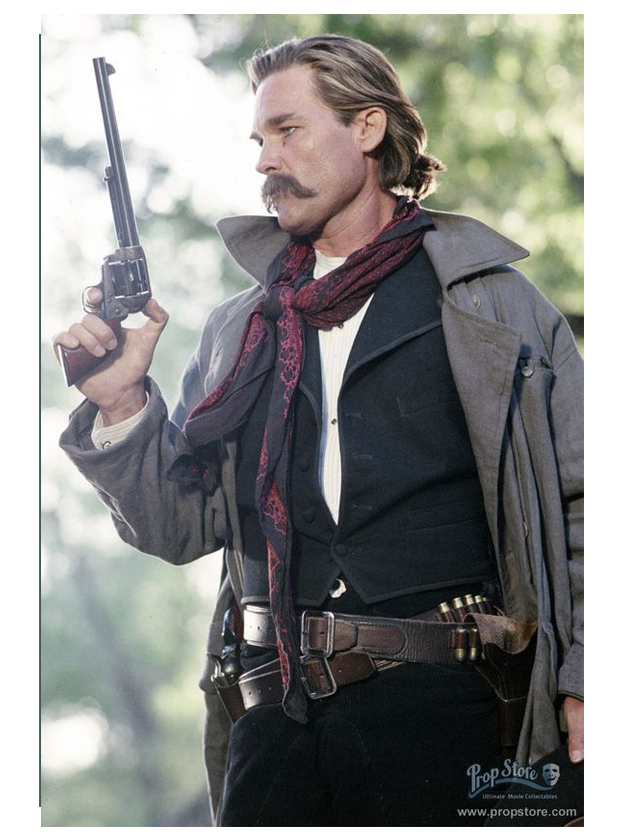
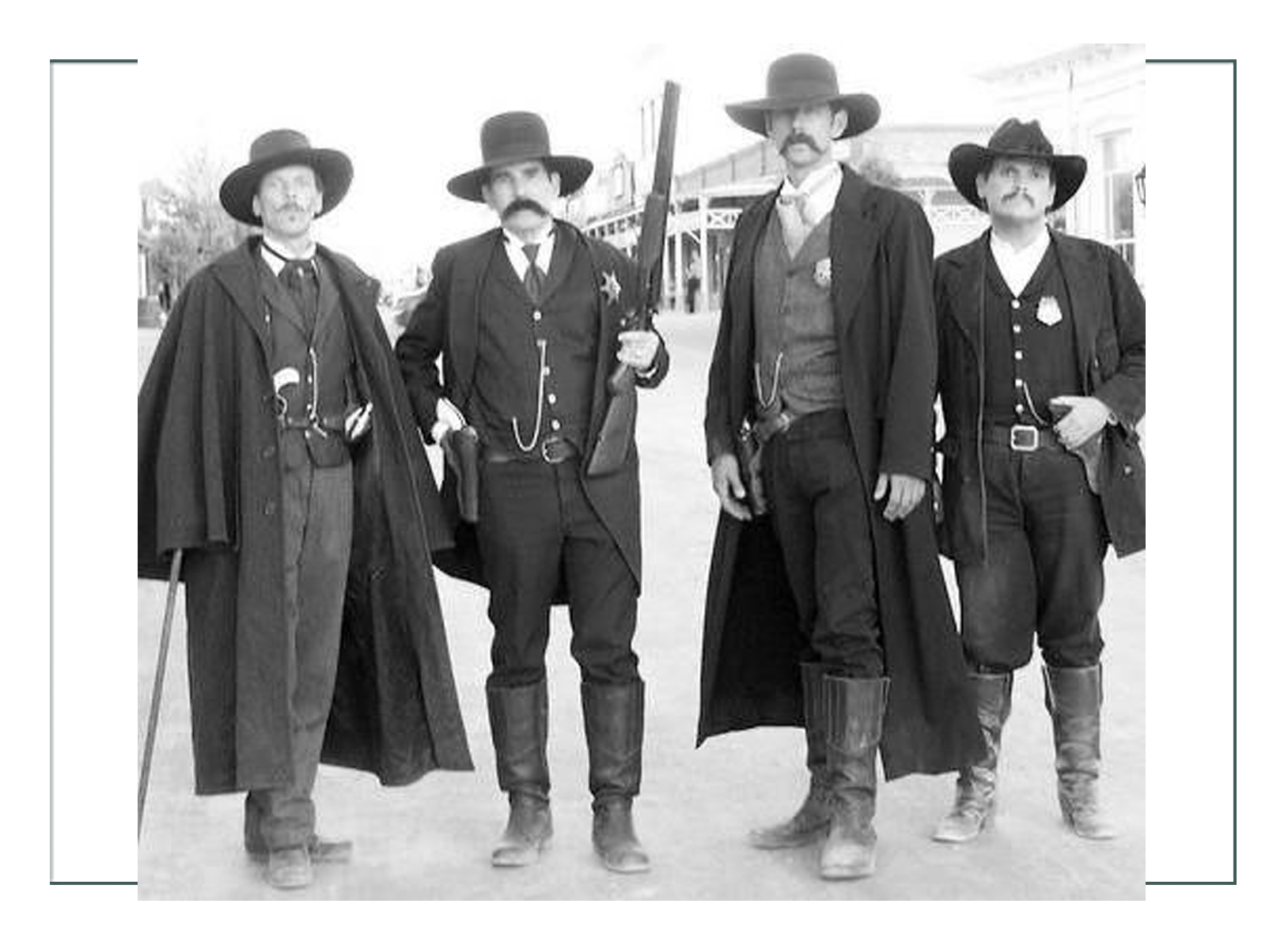
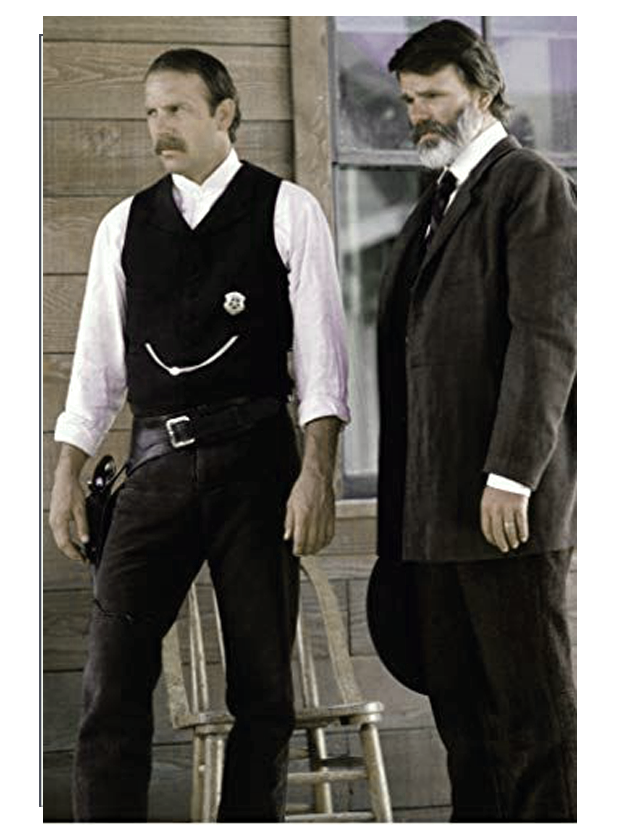

Where Earp & Friends Lived & Worked
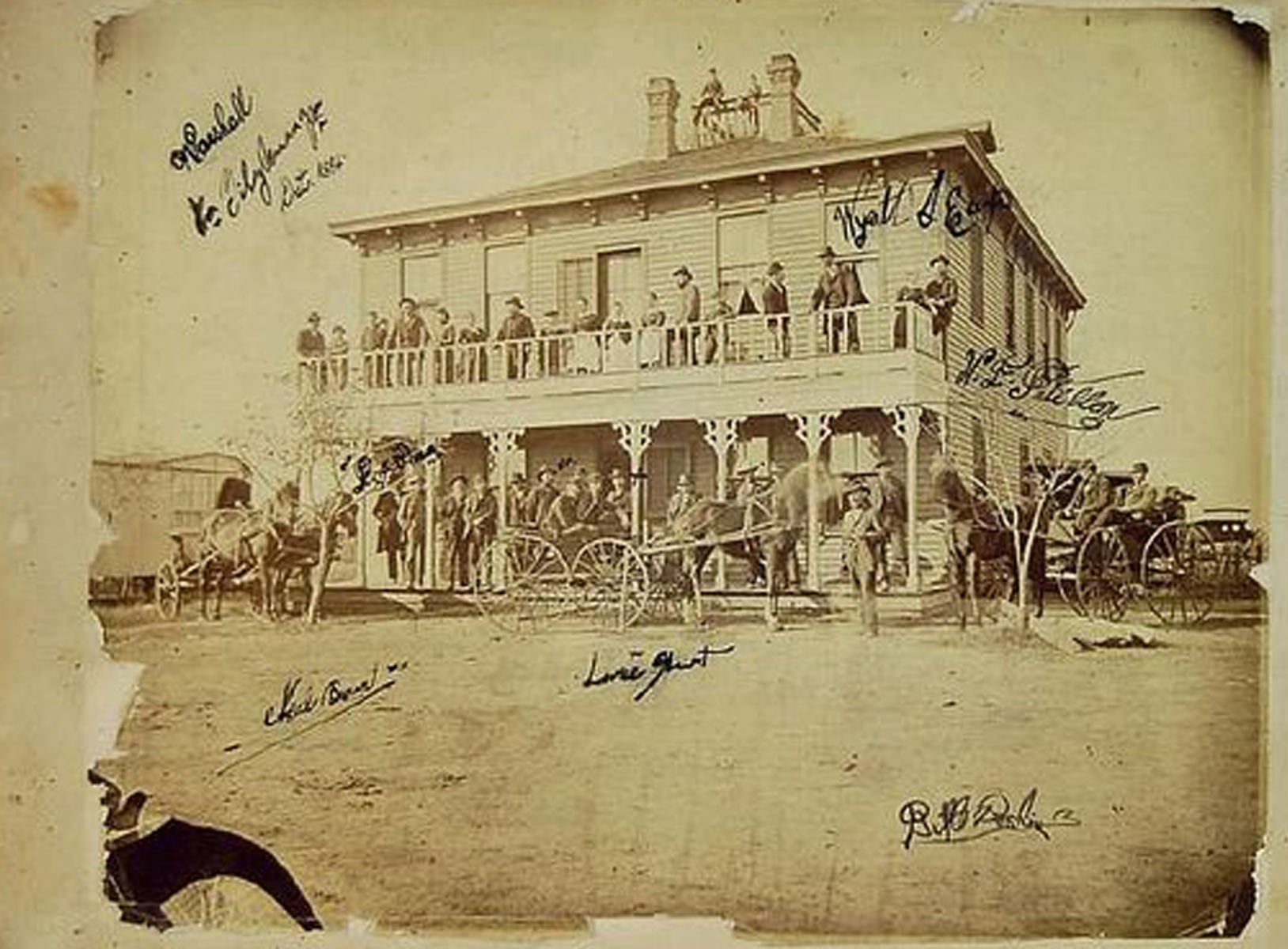
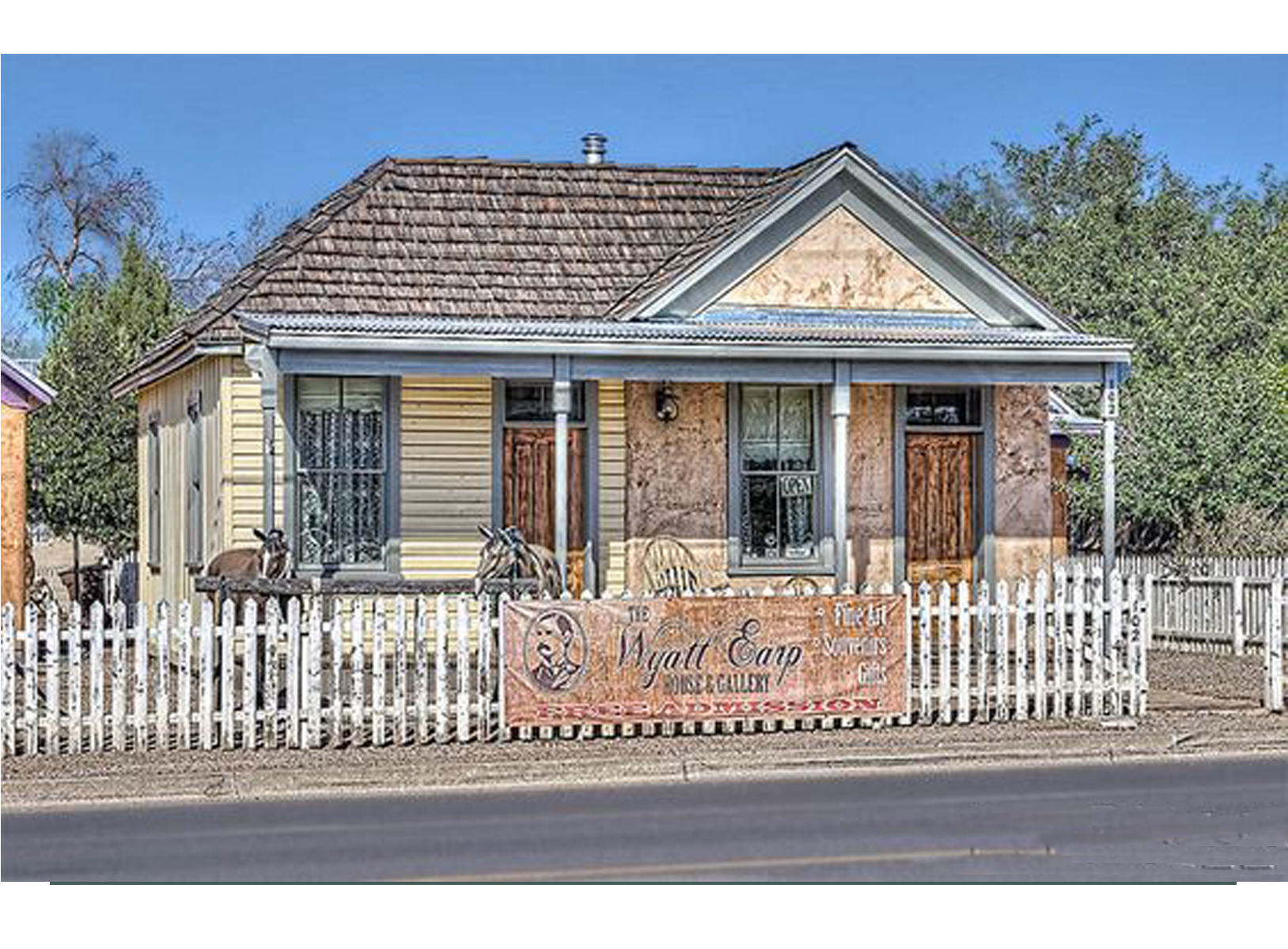
Tombstone, Arizona Territory – yesterday and today
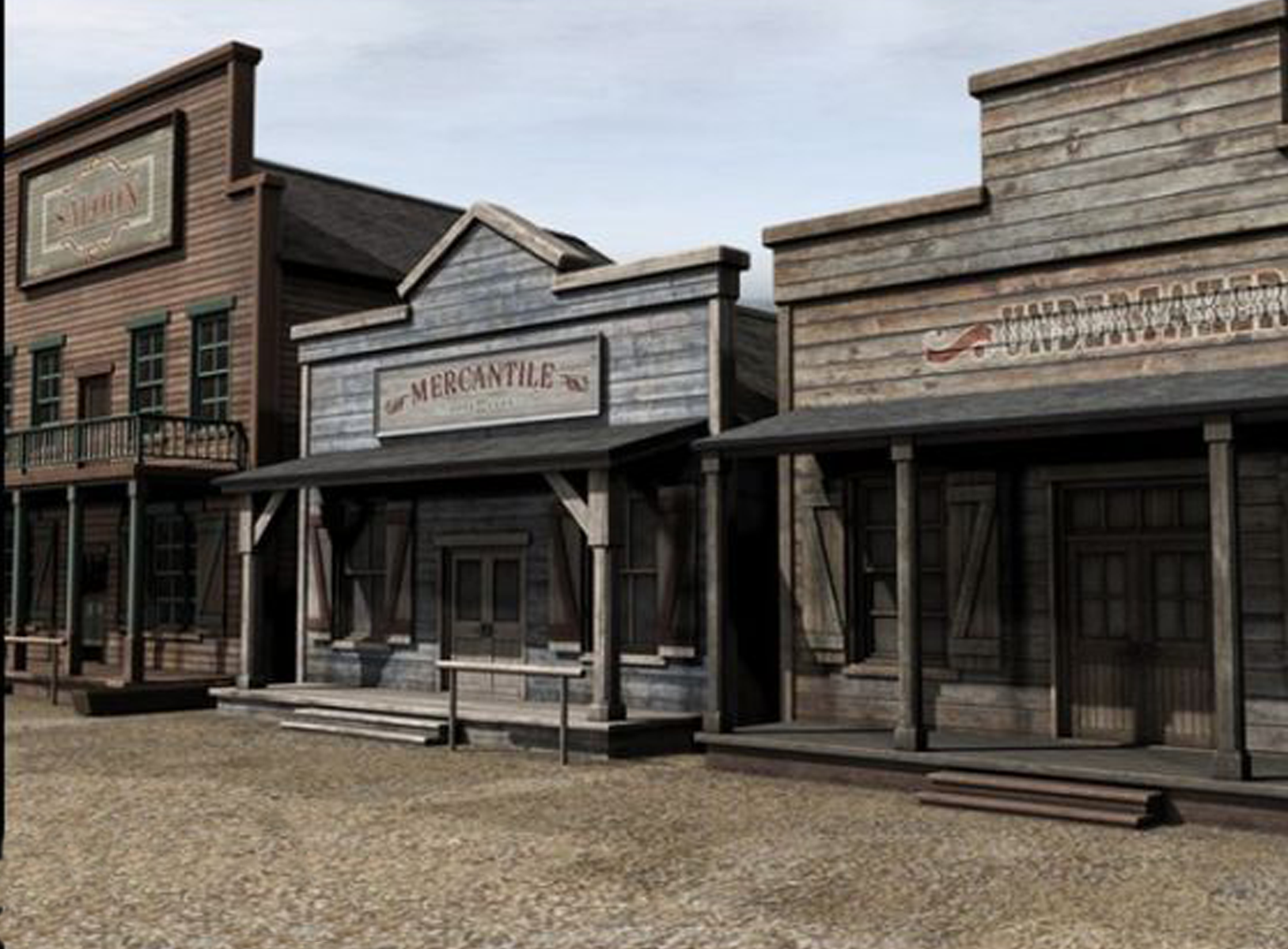
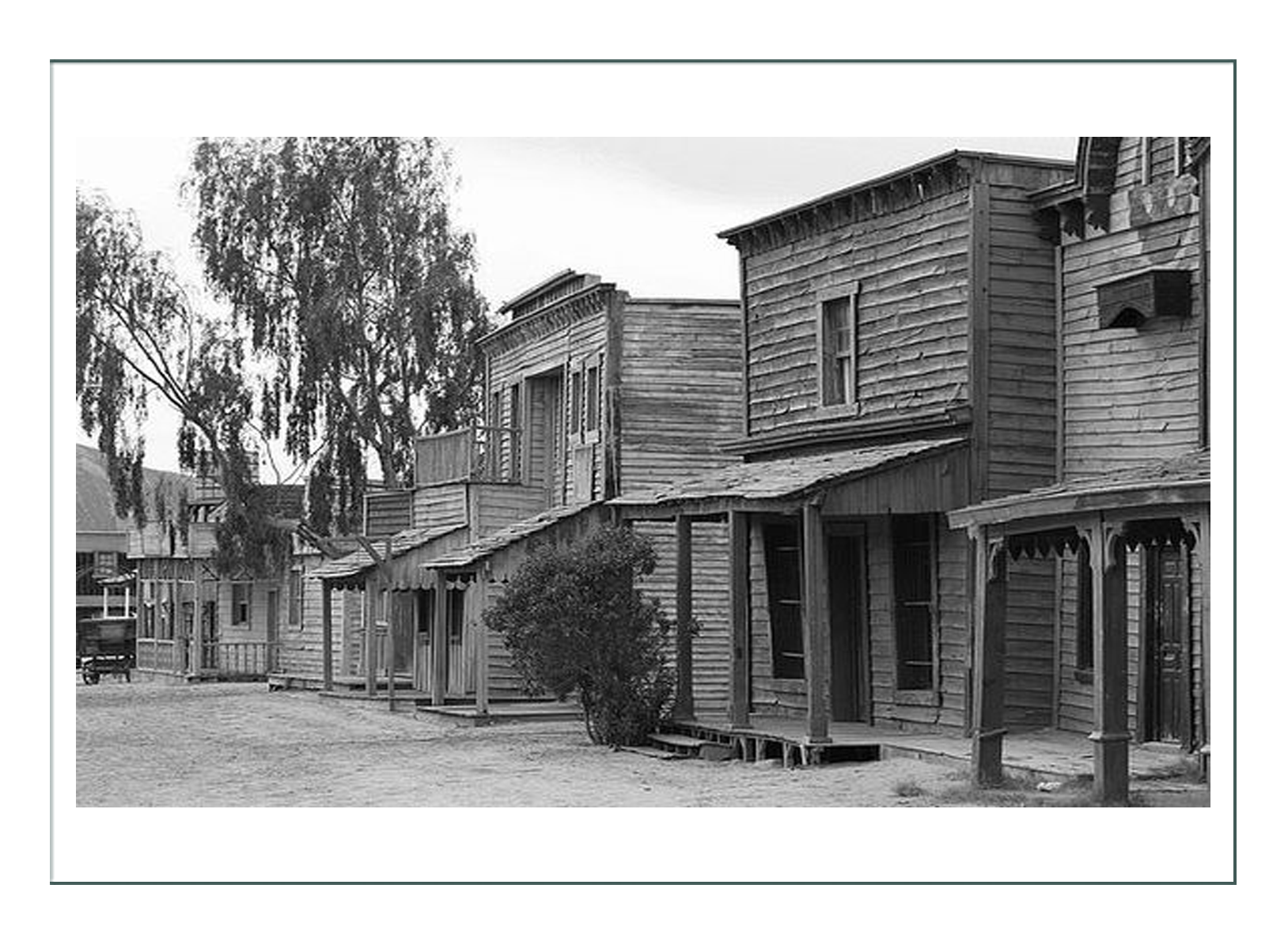
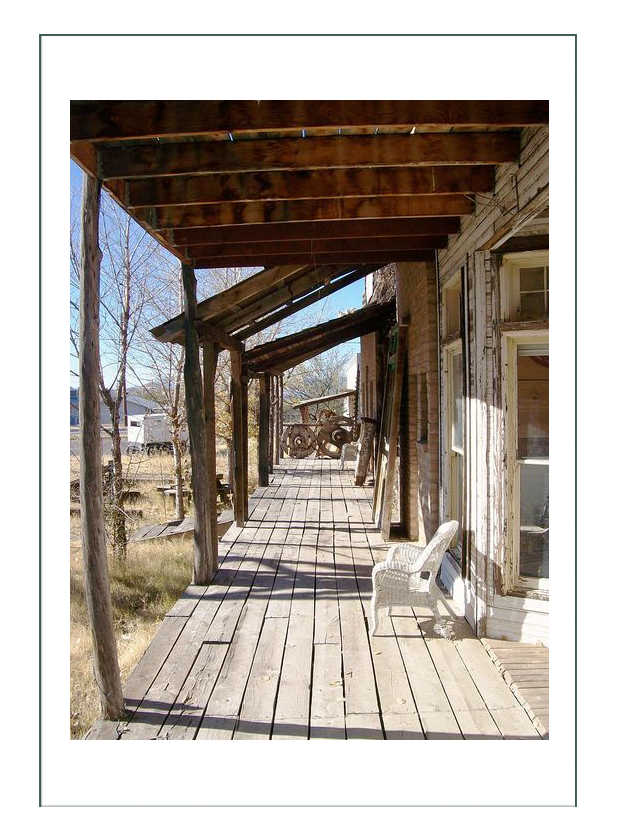
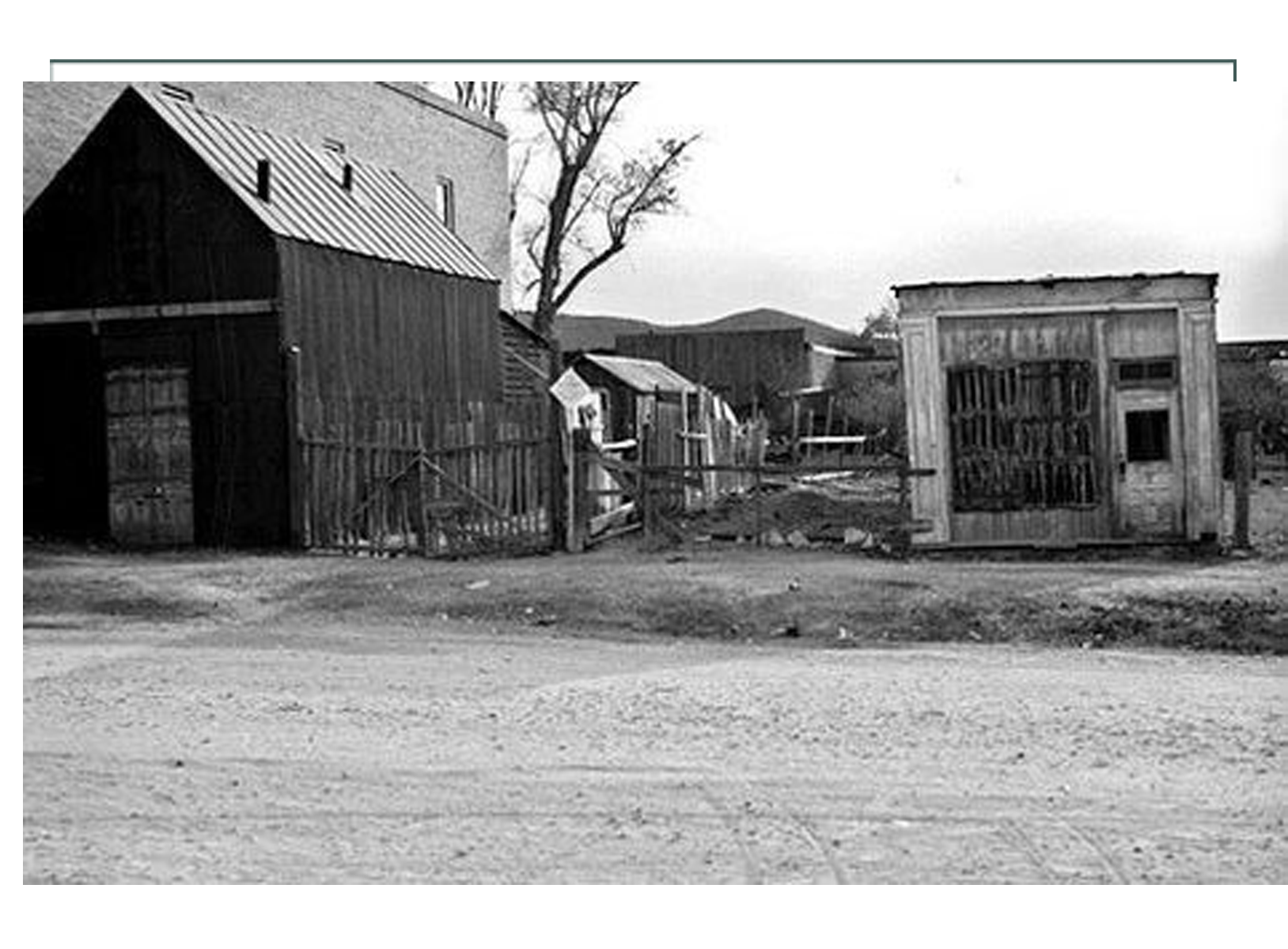
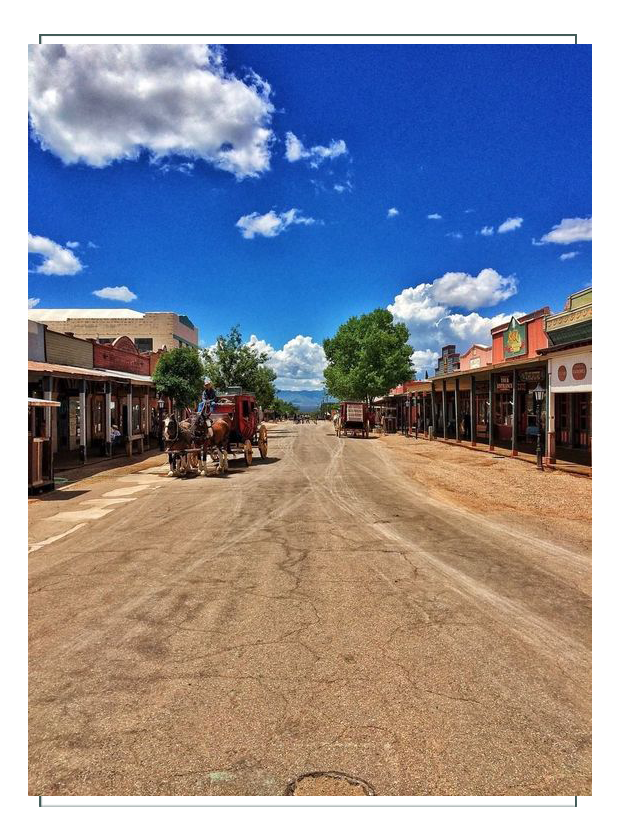
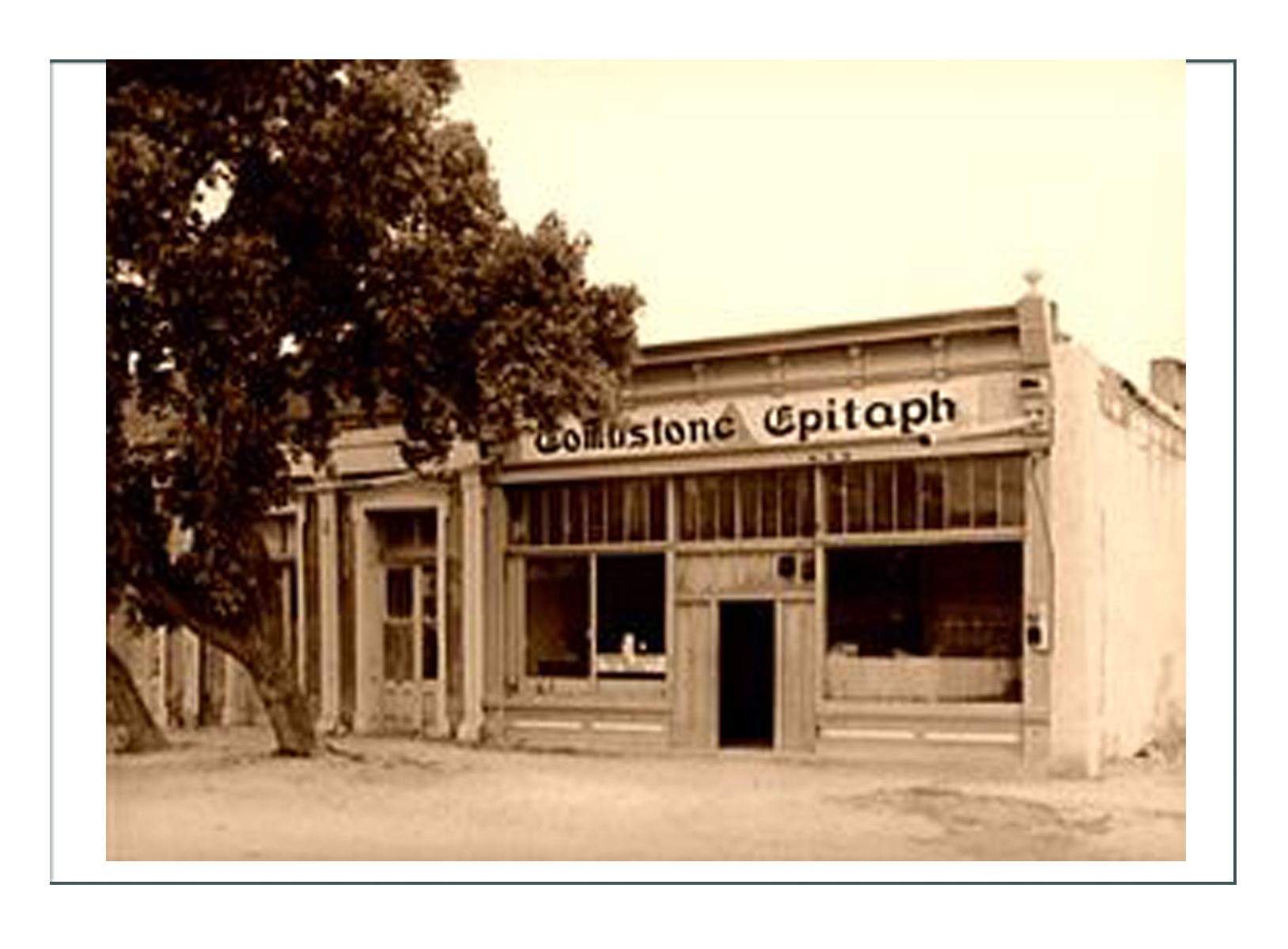
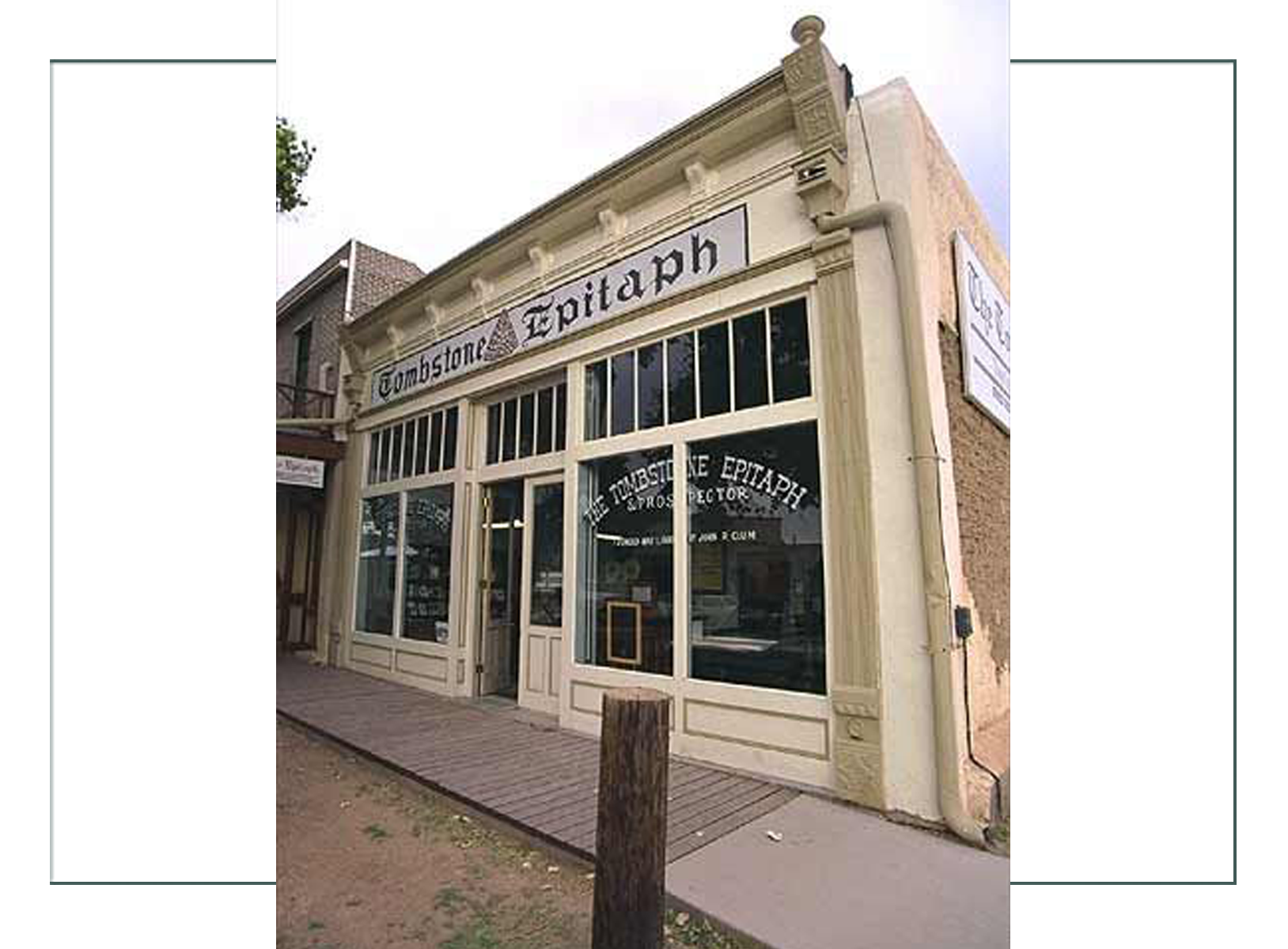
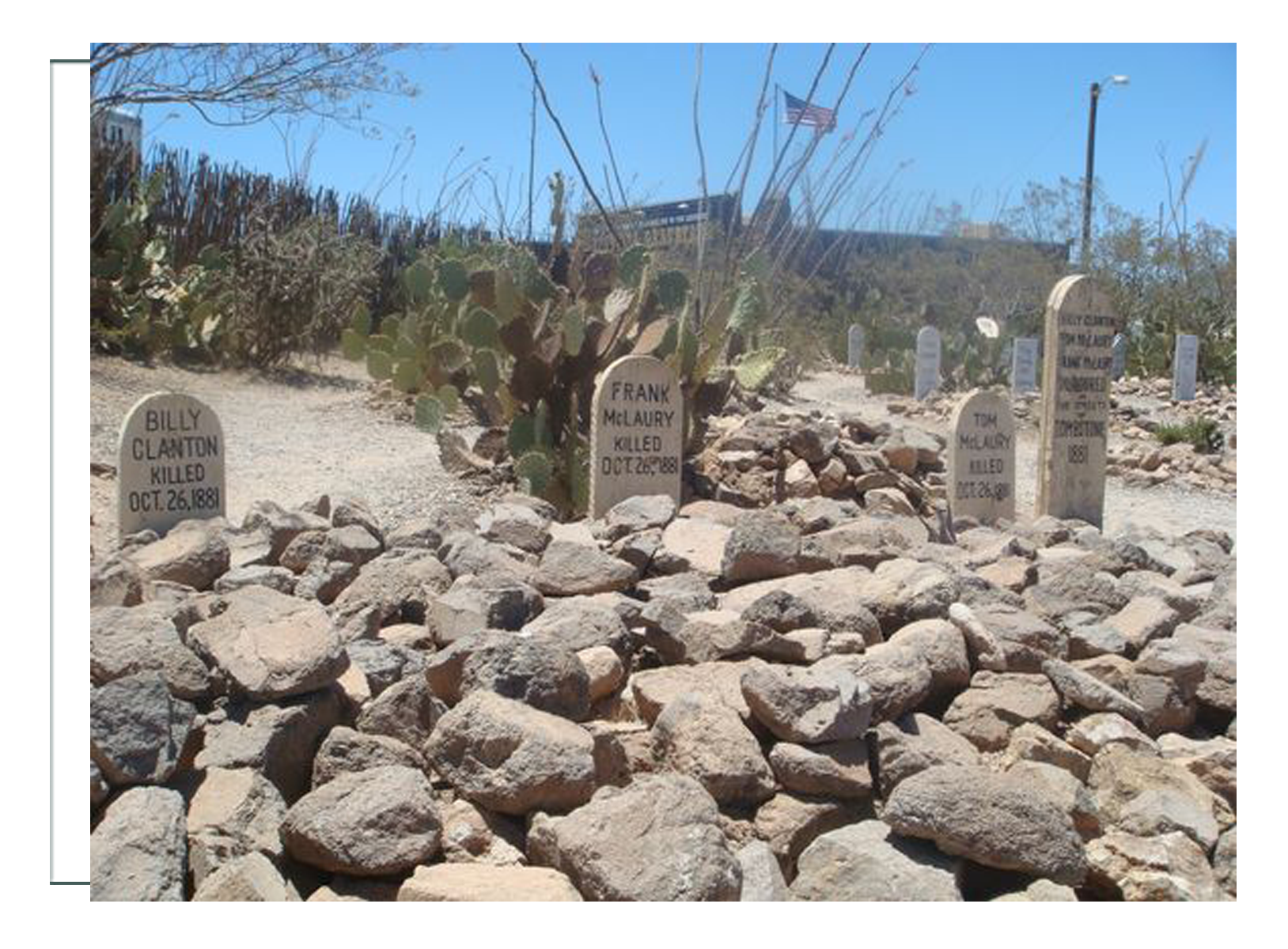
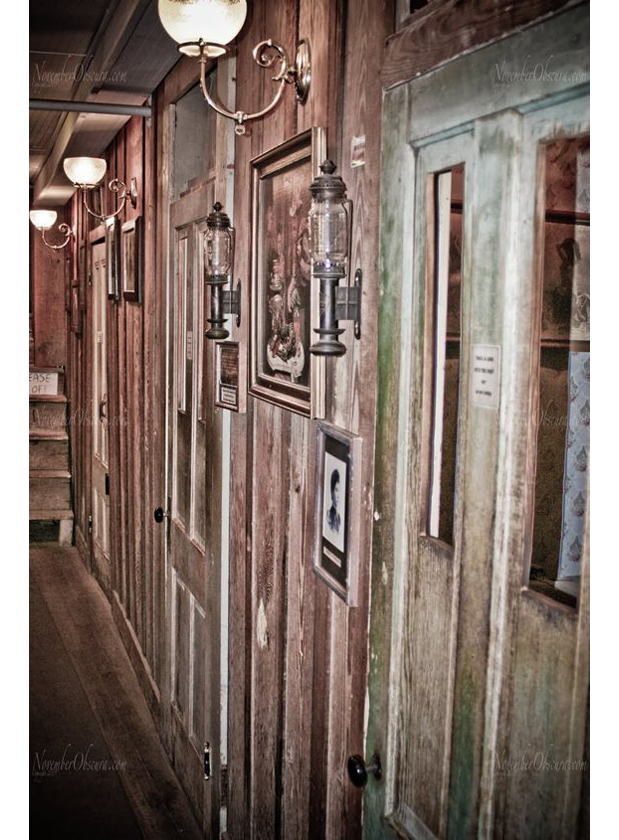


It’s Just a Vest!
Considering the history of men’s fashion, the character of Wyatt Earp, and the knowledge of our customer Andrew, it is a very easy design to make at this time. We are (for now) only making a vest. There are the movie characters to copy, or photographs of extant garments and real people of the day. We have studied the tailoring techniques, and we have choices in fabrics.
Of course, the easiest would be to just copy something Wyatt Earp himself is wearing in a photograph.
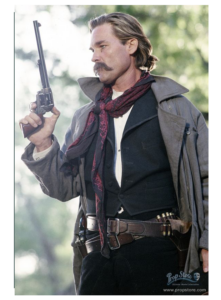
We note as with the pictures above, he is most often seen wearing a gray wool vest with dark gray binding around all the edges including the armholes and pockets. It is a single breasted, functional design. We do have to wonder though, why these would be assumed to be staged professional portraits, he wouldn’t have planned to wear his very best. Perhaps gray wool was his best.
Movies and television though, show a much more glamourous side of the man; a gambler, card shark, brothel and gold mine owner. One would think with the wealth he accumulated, he would have worn silk and brocade and fancy vests while working in saloons. He probably did.
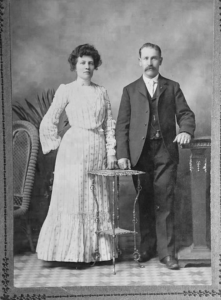
But still, all we see is that wool vest with binding on the edges. So, we go with the romanticized version; the dream of our customer to have a black with white pin-striped short vest.
Here are his criteria:
- Short for easy draw of the gun from holster
- Many pockets (hidden pocket)
- Any fabric, but it has to be black black and white white; not shades of black or gray or blue
- Collar notched, short, and close to the collar (as per photos)
- Slight taper, as per 1870-80’s
- Short in back with adjustable buckle
We did search very far, and as the note on the main page says, had to buy from outside the US, as it seems US manufacturers do not do fine woolens. We selected a cashmere and wool; for breathability, softness, comfort, and accuracy.
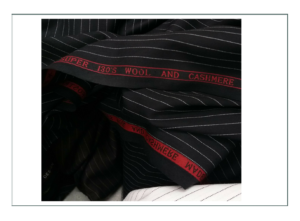
We also chose from the 1860-1890 construction details, and developed a “merge” of all, and called it 1882 to be consistent with the script timeframes:

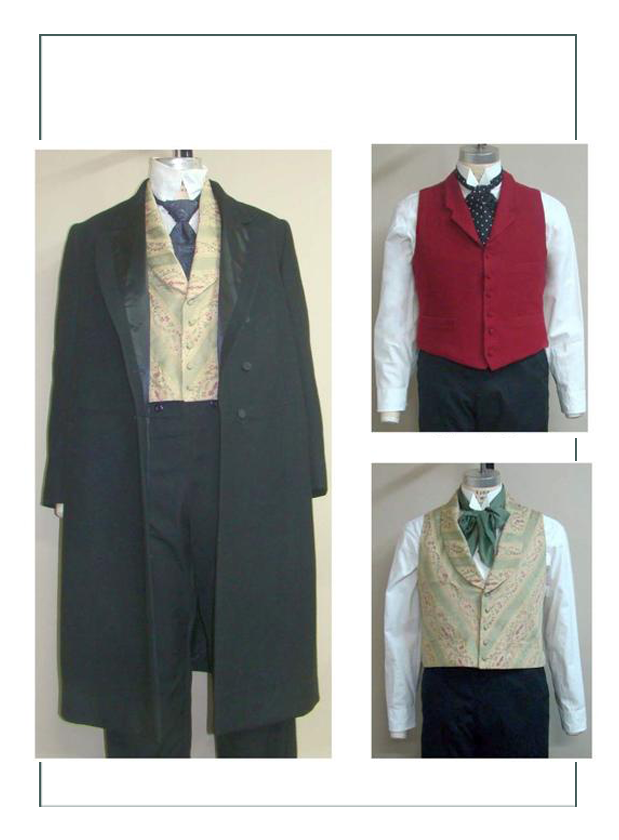
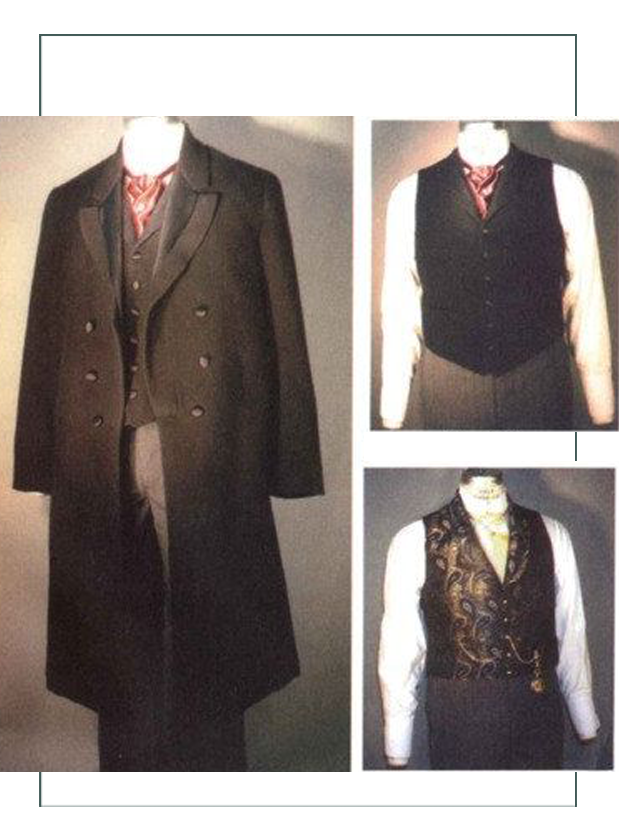

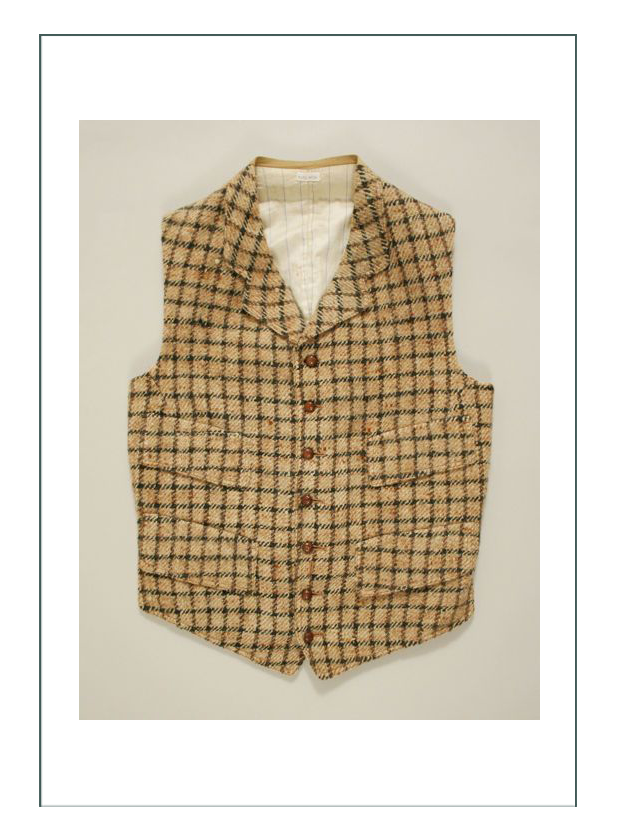
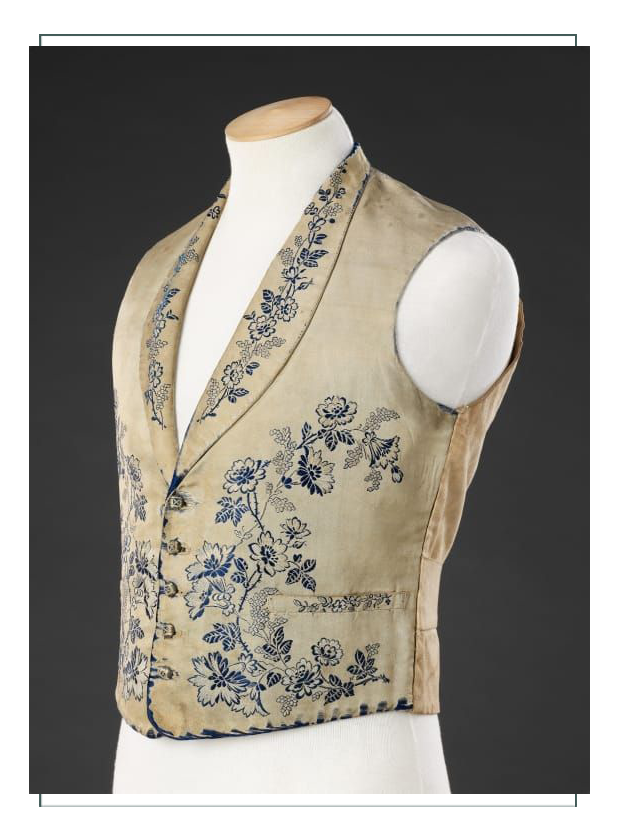
The pattern we developed from an historical commercial pattern, and with two fittings and modifications to meet his criteria, the result was a rousing success.
Click here to go to the Main Page with the Finished Project (next)
Click here to go to the Historical Context page
Click here to go to the Fashion History page to see more examples of extant garments
Click here to go to the top of this page
